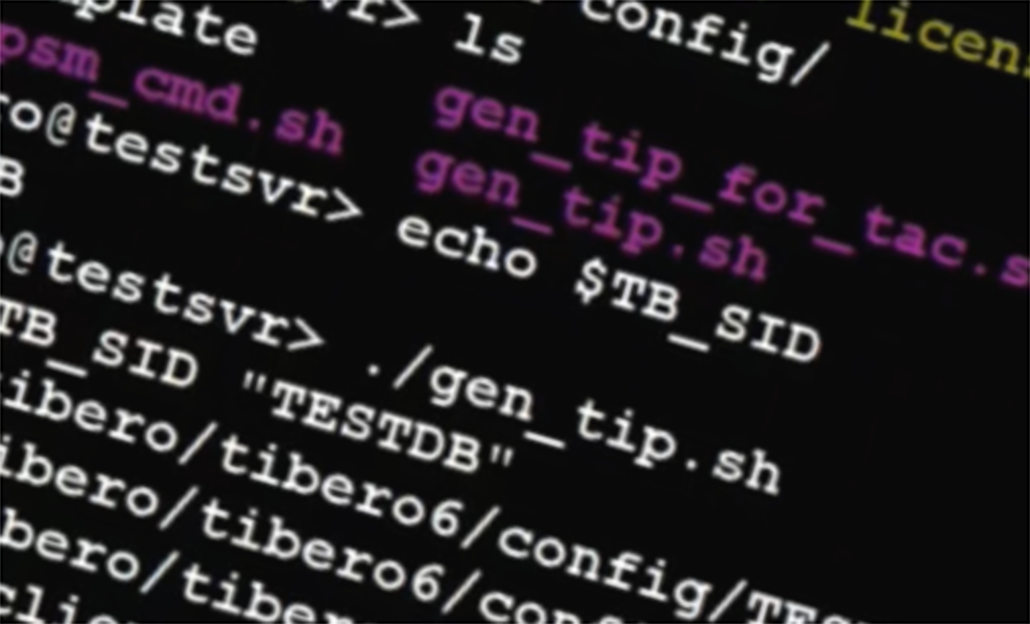Blog / News
- HOME
- About
- Blog / News

by Kelly McClure, Vice President of Global Marketing
Recently, we identified the top 7 tech trends for 2021—customer experience, data integration, digital cultures, digital innovation, composable enterprises, automation, and microservices and service mesh. These trends are all digital in one way or another, a reflection of how digital transformation transitioned from “someday soon” to “do it now.” The digitization of processes, such as online ordering and delivery or health and safety reporting, became critical to survival in 2020, and even now, in 2021, it still is.
Disruptive and innovative digital transformation is here to stay. Outpacing the competition requires companies to get up to speed on these tech trends. To us, the common thread running through the trends was obvious—modernization. Being on-trend means modernizing and migrating legacy apps and databases to a modern, cloud infrastructure. So, we’re writing a series of blogs that tackles each of the seven trends and explains how modernization and migration can make them happen. We started with customer experience (CX), and now we’re tackling data integration.
Data, data everywhere—but is it enough just have it?
To keep pace with the explosion of digital solutions to analog problems, faster ways to unlock data and gain insights are critical. In 2021, it will be data that separates you from your competitors and delights customers. When a patient opens up an application to schedule a doctor’s visit and sign up for a virtual waiting room, that app has to integrate with not just the patient’s data, but also the clinic’s scheduling data.
When someone is ordering a gift basket for a friend, data integration is how the order and payment get where they need to be and a delivery is scheduled. That’s why pulling data out of silos, and aggregating, analyzing, and acting on it must be your company’s lifeline in these uncertain times. Unfortunately, unless your company was born in the cloud and runs on the latest cloud databases, database vendor lock-in makes the new breed of data integration and storage—such as data lakes and cloud data warehouses—difficult, if not impossible.
It can be an ordeal to unlock critical insights from monolithic databases, and their management systems struggle keep up with big data and analytics workloads. The result is an adverse effect on performance, stability, and reliability—the three key cornerstones to a successful digital business or transformation strategy. For example, imagine that your company has decided to implement a modern, cloud customer relationship system (CRM) that can be accessed from different devices and platforms. If your database is slow to update and hard to reach, you won’t get the benefits of that CRM.
Manage your data wisely from the cloud
Wringing every drop of value from your data while making sure it’s delivered wherever it’s needed to meet business needs and satisfy customers requires a change in mindset. You need to get your head into the cloud (and not out of it). The cloud offers the elasticity, reliability, and scalability needed for the data integration and analytics that drives digital business, workplaces, social interactions, and healthcare. Only the cloud can deliver the fast access to data for the business, edge computing, and AI.
To get set up on the cloud to make the most of your data, modernization is the name of the game. It starts with a legacy modernization platform. This platform uses specially designed software to move legacy mainframe applications from a legacy environment to the cloud of your choice quickly and cost-effectively. In 12 months or less, you have a multi-tiered cloud-ready architecture with a rapid ROI.
Then, it’s time for a modern relational database management system (RDBMS) that provides an enhanced view of processing, managing and securing large-scale databases. This modern RDBMS has the hyper-thread architecture, high-security database encryption, and multi-node parallel recovery required for a reliable, high-performance database. It scales with the cloud rather than proprietary database servers.
The combination of a legacy modernization platform and a modern RDBMS makes it easy to integrate data with all your applications—without starting from scratch. It is a sensible option for managing and accessing data. No workload or application is left behind, and your organization can build modern applications in the new infrastructure that take advantage of easy access and integration.
Access, integrate, analyze and act on your data with TmaxSoft
Two TmaxSoft products, OpenFrame and Tibero, can provide the legacy modernization platform and RDBMS to help you access, integrate, analyze, and act on your data. Learn more about the benefits of modernizing your infrastructure in this eBook.
About Kelly McClure
Kelly McClure is the Vice President of Global Marketing for TmaxSoft. Her 20-year marketing career spans both Fortune 1000 companies and fast growth technology startups. Kelly is responsible for leading TmaxSoft’s marketing strategy. She is experienced in aligning marketing and sales, building relevant content and messaging and developing integrated lead generation campaigns. Before joining TmaxSoft, Kelly served as the Vice President of Marketing for 10th Magnitude and held senior marketing roles with DataStax, BMC Software and Micro Focus. Kelly has a bachelor’s degree from Purdue University and an MBA from Loyola University Chicago.